How Wearable Tech is Transforming the Retail Experience
10 April 2025
We all know that technology is constantly evolving, and if you’re anything like me, you’ve probably lost track of all the gadgets that seem to pop up every other day. But there’s one area where tech is creating some real buzz—wearable technology. Whether it's smartwatches, fitness trackers, or augmented reality (AR) glasses, wearable tech is making waves in industries far beyond just health and fitness. One industry where it’s starting to have a massive impact? Retail.
Yes, you heard that right. Wearable tech is transforming the retail experience in ways that are not only exciting but also incredibly practical. From enhancing customer experiences to making life easier for employees, wearable devices are redefining how we shop and work in retail stores. So, buckle up, because we’re about to dive deep into how wearable tech is changing the game for both consumers and businesses alike.
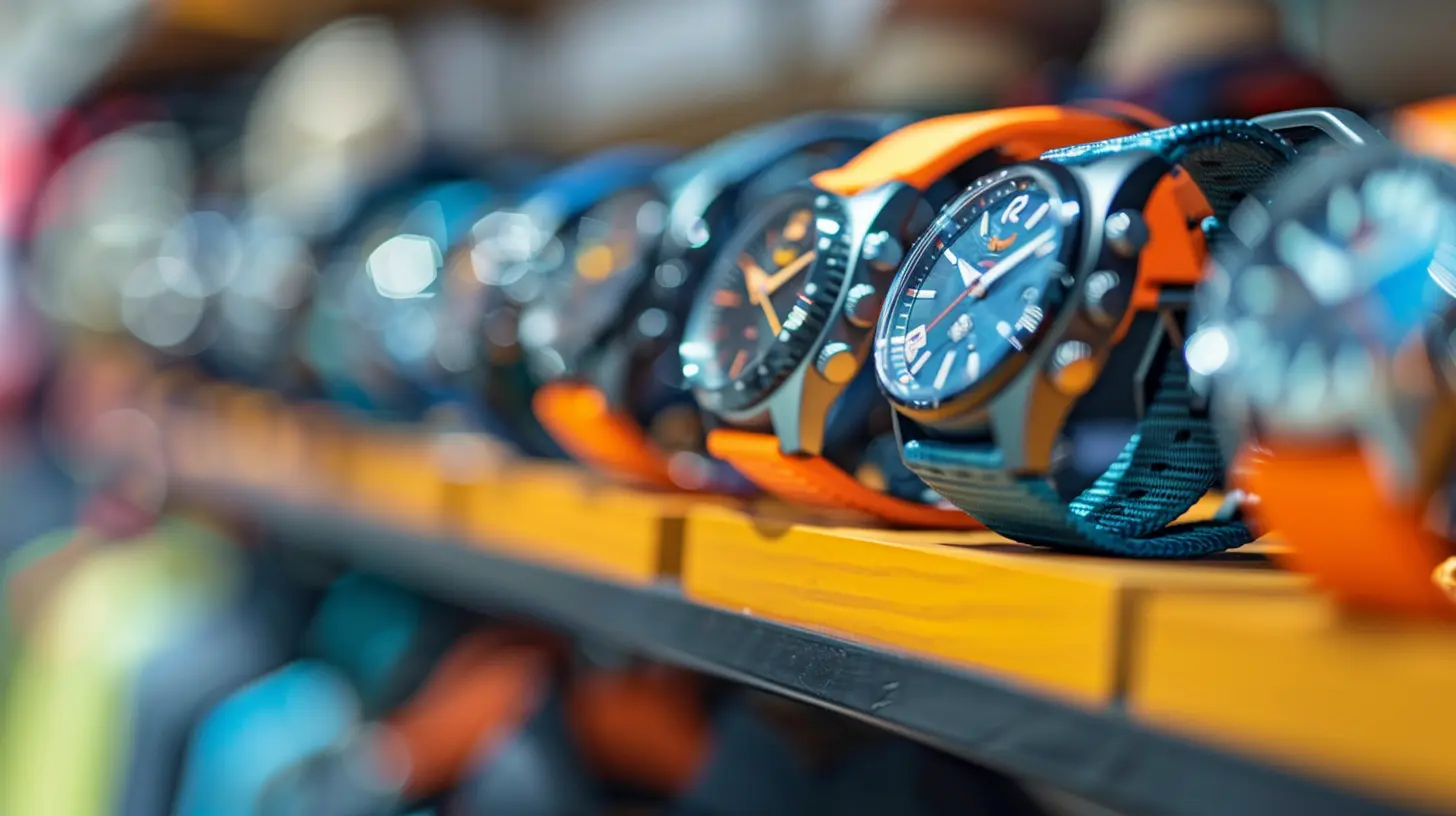
What is Wearable Tech?
Before we get into the nitty-gritty of how wearable tech is revolutionizing retail, let's clarify what we mean by "wearable tech." Simply put, wearable technology refers to any electronic device that can be worn on the body, either as an accessory or integrated into clothing. Think of it as a hybrid between fashion and function. These devices are designed to interact with the user, their environment, or other devices, typically through the internet or Bluetooth, providing real-time data and feedback.Some common examples of wearable tech include:
- Smartwatches (like the Apple Watch or Samsung Galaxy Watch)
- Fitness trackers (such as Fitbit or Garmin)
- Augmented Reality (AR) glasses (like Google Glass or Microsoft HoloLens)
- Smart clothing (yes, even clothes can be "smart" these days!)
- Wearable payment devices (like contactless payment rings)
Okay, now that we're all on the same page, let's explore how these gadgets are reshaping the retail experience.
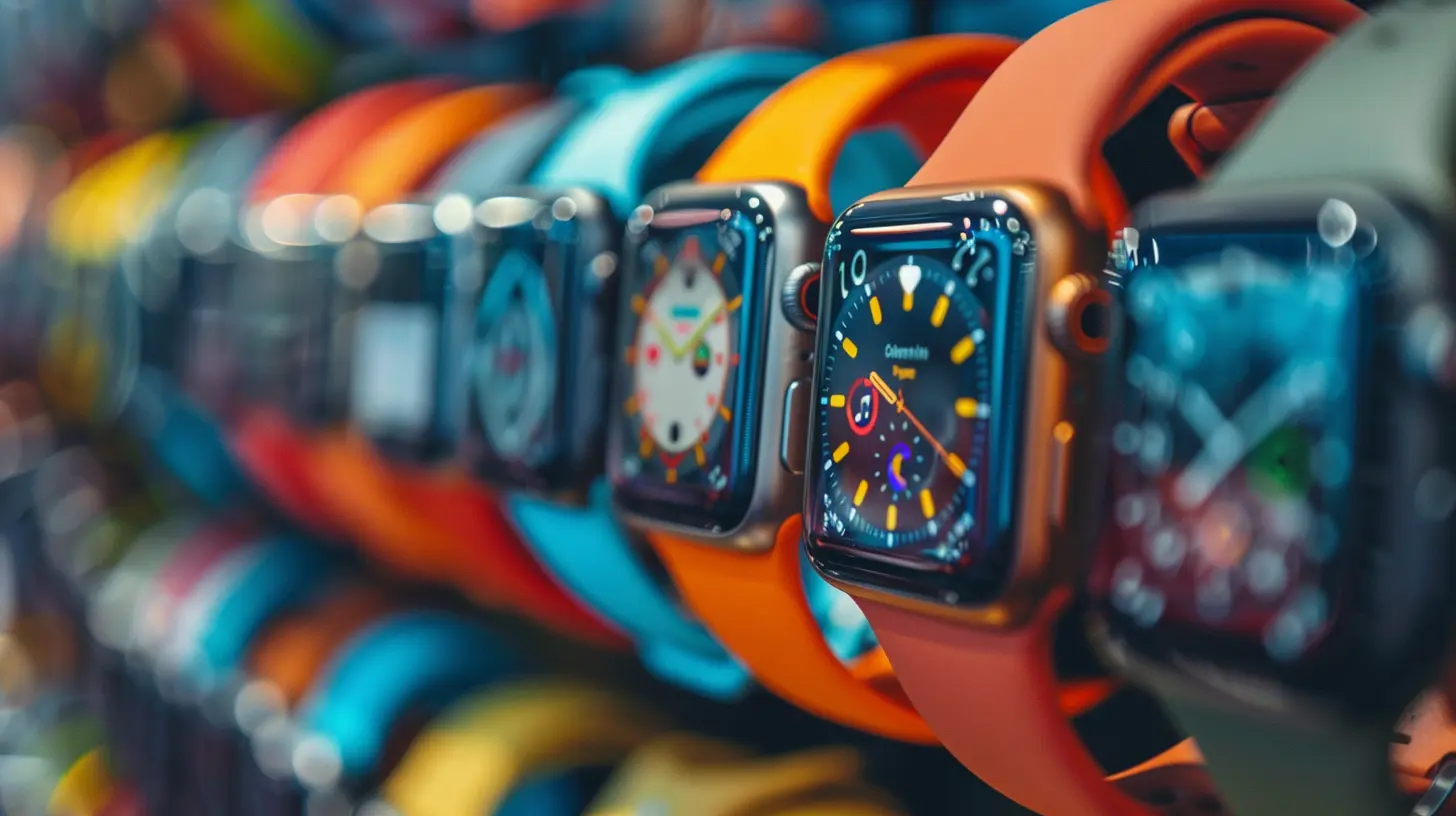
Enhancing the Customer Shopping Experience
Imagine walking into your favorite clothing store, and instead of wandering around aimlessly or waiting forever for a sales associate to help you, your smartwatch instantly connects to the store's system. It provides personalized recommendations based on your past purchases, sends you alerts about ongoing promotions, and even suggests items that are in your size and style. Sounds like something out of a sci-fi movie, right? Well, that's the future wearable tech is bringing to retail.1. Personalized Shopping
Wearable devices are allowing retailers to offer hyper-personalized experiences like never before. By connecting to customer profiles via apps or in-store systems, these devices can deliver tailored recommendations directly to your wrist or AR glasses. For instance, a smart bracelet could notify you when an item you’ve been eyeing online is available in-store, or even alert you to exclusive discounts based on your shopping preferences.Imagine walking into a shoe store, and your smartwatch sends you a notification: "Hey, the running shoes you liked online are in stock here!" That’s personalization at its finest. This level of customization not only improves the shopping experience but also increases the likelihood of making a sale. After all, who doesn’t love a good recommendation that feels like it was made just for them?
2. Contactless Payments
If you’re anything like me, the less you have to dig around in your bag for your wallet, the better. Wearable payment tech is making this a reality. Devices like smartwatches and payment rings allow customers to check out with a simple tap, eliminating the need to carry around a wallet or even a smartphone.This doesn’t just make life easier for consumers; it also speeds up the checkout process, reducing lines and improving the overall in-store experience. And in a world where time is money, that’s a win-win for everyone involved. Plus, with the growing emphasis on hygiene (thanks, pandemic), contactless payments are becoming more important than ever.
3. Virtual Fitting Rooms and Augmented Reality
Hate trying on clothes in cramped fitting rooms? You’re not alone. Luckily, wearable tech, combined with augmented reality, is offering a solution. AR glasses and apps connected to wearables can allow customers to "try on" clothes or accessories virtually.For example, you could use a pair of AR glasses to see how a dress looks on you without actually having to put it on. Some stores are even integrating this tech into mirrors, so when you stand in front of one, you can see yourself "wearing" different outfits.
This not only helps customers make decisions faster but also reduces returns, as they can get a better sense of how things will look and fit before making a purchase.
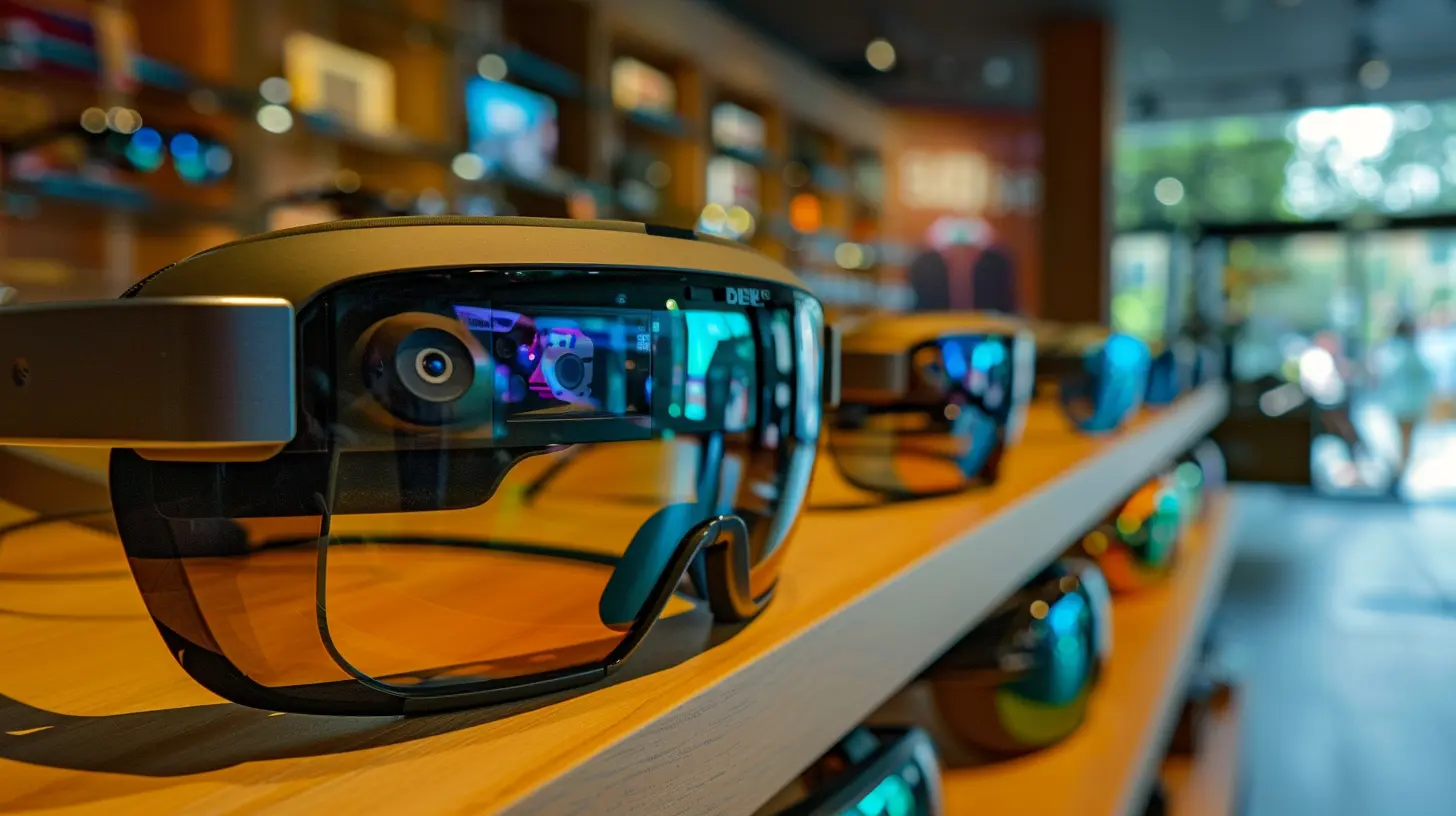
Boosting Retail Employee Efficiency
Wearable tech isn’t just benefiting customers—it’s also making life a whole lot easier for retail employees. From streamlining processes to improving communication, wearable devices are helping staff work smarter, not harder.4. Hands-Free Communication
Imagine you’re a sales associate in a big department store, and instead of constantly running back and forth to the stockroom or paging through a clunky handheld device, you have a sleek smartwatch or earpiece that allows you to communicate with your team instantly. Wearable devices are enabling seamless, hands-free communication, making it easier for employees to answer customer inquiries, check inventory, and collaborate with colleagues without ever breaking a sweat.This not only improves employee efficiency but also enhances customer service, as staff can quickly provide the information shoppers are looking for.
5. Inventory Management
Keeping track of inventory is the bane of every retail worker's existence. But wearable tech is changing that. Smart glasses and other wearable devices can assist employees in scanning items, checking stock levels, and even locating products in the store without needing to use traditional scanners or tablets.For example, AR glasses can display real-time inventory data right in front of an employee’s eyes, allowing them to quickly see where an item is located or whether it’s available in the backroom. This reduces time spent searching for products and ensures that employees can assist customers more efficiently.
6. Employee Training and Development
Wearable tech is also improving the way employees are trained and developed. AR headsets can offer immersive, hands-on training experiences, guiding new hires through tasks step-by-step. This not only shortens the learning curve but also ensures that employees are well-prepared to handle various situations on the job.For example, a new employee could wear an AR headset that walks them through setting up a display or interacting with a customer, providing real-time feedback and instructions. This kind of training can be far more engaging and effective than traditional methods.
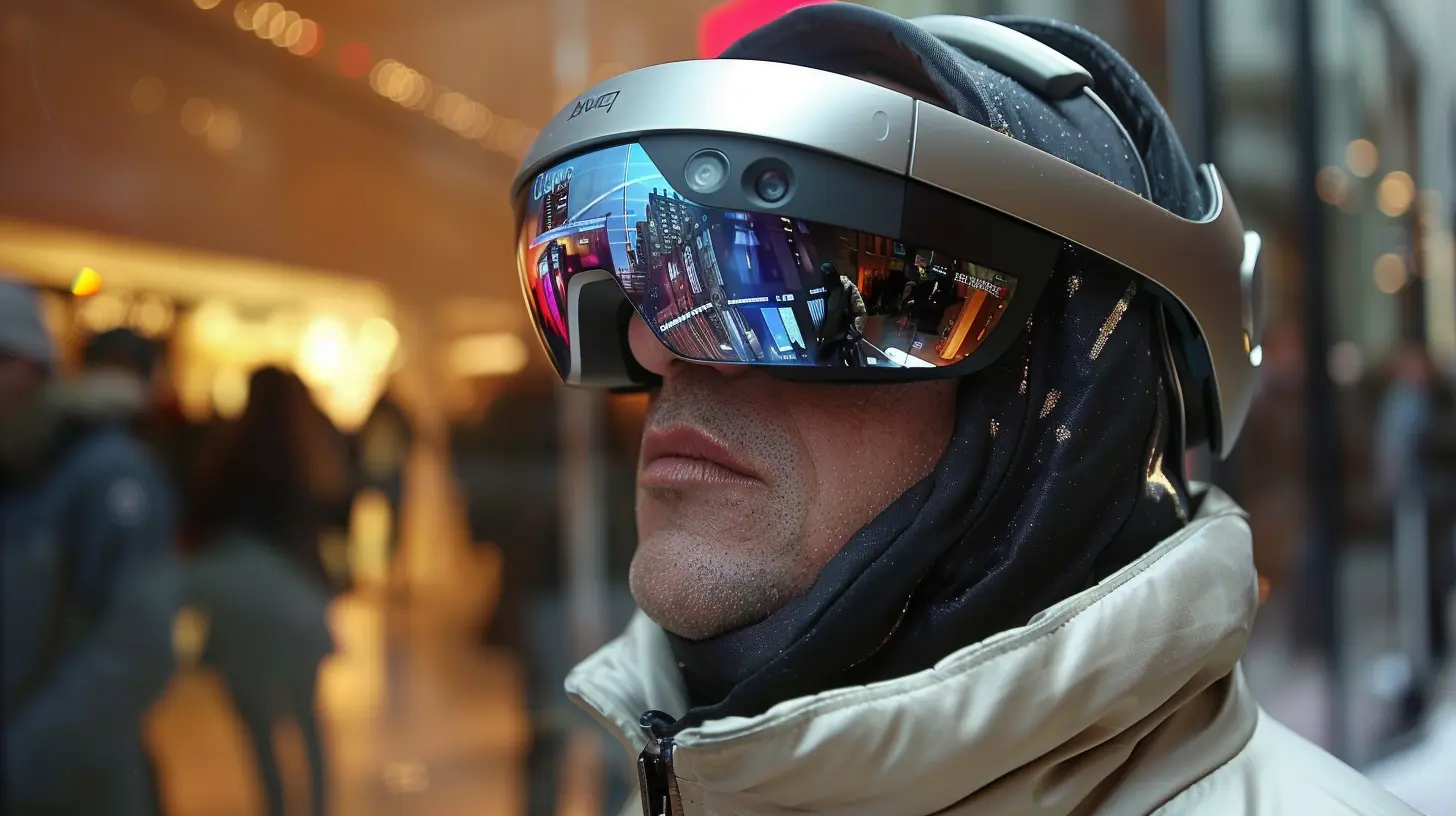
Improving Store Operations
Let’s not forget the behind-the-scenes magic that wearable tech is enabling in retail. From optimizing store layouts to providing data-driven insights, these gadgets are helping businesses operate more efficiently than ever before.7. Data Collection and Analytics
One of the biggest advantages of wearable tech is its ability to collect vast amounts of data. For retailers, this means gaining deeper insights into customer behavior, employee performance, and even store layout efficiency.For instance, smart wearables can track how customers move through a store, providing valuable information about which areas get the most foot traffic. This data can help retailers optimize store layouts, improve product placement, and even enhance marketing strategies.
Moreover, wearables used by employees can track productivity, helping managers identify areas where efficiency can be improved. In other words, wearable tech isn’t just transforming the customer experience—it’s also making the entire retail operation smarter.
8. Real-Time Alerts and Notifications
Wearable devices can also provide real-time alerts and notifications to both employees and managers. For instance, if a product is running low on stock, an employee could receive a notification on their smartwatch, prompting them to restock the shelf before it runs out. Likewise, managers could receive alerts about foot traffic patterns, helping them make staffing adjustments on the fly.This real-time data can help retailers respond to issues more quickly, improving both operational efficiency and customer satisfaction.
Looking Ahead: The Future of Wearable Tech in Retail
It’s clear that wearable tech is already making a significant impact on the retail industry, but what does the future hold? As technology continues to advance, we can expect even more innovation in this space.One exciting possibility is the integration of artificial intelligence (AI) with wearables, allowing devices to offer even more personalized and predictive insights. Imagine a future where your smartwatch knows your shopping habits so well that it can automatically suggest products before you even think to look for them.
Another area to watch is the continued development of smart clothing. While still in its early stages, smart clothing could eventually take personalization to the next level, allowing retailers to offer clothes that adapt to your body’s temperature, mood, or activity level.
Whatever the future holds, one thing is for sure: wearable tech is here to stay, and it’s only going to continue transforming the retail experience in exciting and innovative ways.
Final Thoughts
From personalized shopping experiences to enhanced employee productivity, wearable tech is revolutionizing the retail industry in ways we never could have imagined just a few years ago. While there’s still plenty of room for growth and innovation, it’s clear that these devices are already making shopping and working in retail more convenient, efficient, and enjoyable for everyone involved.So next time you walk into a store, take a look around—you might just be witnessing wearable tech in action.
all images in this post were generated using AI tools
Category:
Wearable DevicesAuthor:

Michael Robinson
Discussion
rate this article
9 comments
Kyle McGill
Enhancing customer engagement through personalized wearable technology.
May 10, 2025 at 7:29 AM

Michael Robinson
Absolutely! Personalized wearable tech is revolutionizing retail by allowing brands to tailor experiences, fostering deeper connections and enhancing customer loyalty.
Zethryn McElveen
How do wearables reshape shopper behavior and engagement?
April 25, 2025 at 2:46 AM

Michael Robinson
Wearables enhance shopper behavior by providing personalized recommendations, real-time promotions, and seamless payment options, fostering deeper engagement and a more convenient shopping experience.
Indigo Roth
With wearable tech, retail isn't just shopping anymore—it's an experience. Seamless interactions and personalized insights are reshaping how we connect with brands. Exciting times ahead!
April 23, 2025 at 7:23 PM

Michael Robinson
Absolutely! Wearable tech is revolutionizing retail by enhancing customer engagement through personalized experiences and seamless interactions. The future of shopping is indeed thrilling!
Norah McIntosh
This article sparks exciting possibilities! I’m intrigued by how wearable tech could redefine the shopping journey, enhancing personalization and efficiency. It’s fascinating to consider the potential impact on consumer behavior and retail strategies. Can’t wait to see how this evolves!
April 23, 2025 at 2:42 AM

Michael Robinson
Thank you for your enthusiasm! I share your excitement about the potential of wearable tech to revolutionize retail. Stay tuned for more updates!
Dolores King
Oh great, just what we needed—more gadgets that can track our every move while we shop! Nothing says “luxury experience” like having my smartwatch nag me about impulse buys. Can’t wait to ignore that notification too!
April 20, 2025 at 3:38 AM

Michael Robinson
I understand your concerns! While wearable tech can feel intrusive, it also aims to enhance the shopping experience by providing personalized recommendations. It's all about finding a balance that works for each individual.
Bethany Palmer
Enhancing engagement, personalizing shopping.
April 18, 2025 at 7:05 PM

Michael Robinson
Thank you! Wearable tech indeed plays a crucial role in creating personalized shopping experiences, enhancing customer engagement through tailored recommendations and real-time interaction.
Chase McKale
Exciting shift! Can't wait to see future innovations!
April 16, 2025 at 2:17 AM

Michael Robinson
Thank you! Exciting times ahead as we explore the potential of wearable tech in retail!
Camille Hodge
Wearable tech enhances retail by personalizing shopping experiences and streamlining customer interactions effectively.
April 15, 2025 at 8:58 PM

Michael Robinson
Absolutely! Wearable tech indeed offers a unique way to tailor shopping experiences and improve customer engagement.
Echo Vance
Wearable tech enhances customer engagement, personalizes shopping, and streamlines transactions.
April 14, 2025 at 7:15 PM

Michael Robinson
Thank you! Wearable tech indeed plays a crucial role in creating a more engaging, personalized, and efficient shopping experience.
MORE POSTS
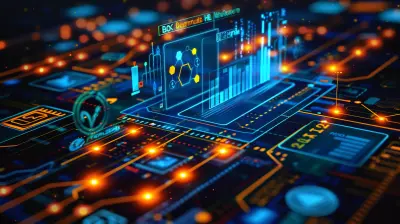
How to Harness Big Data for Smarter Marketing
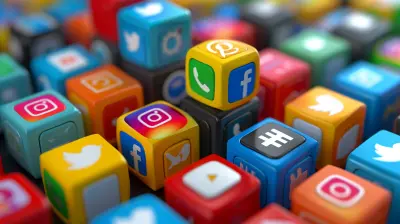
The Ethical Dilemmas of Big Data in Social Media

The Latest in Offshore Wind Farms: A Deep Dive

The Impact of Social Media on the Careers of Esports Players
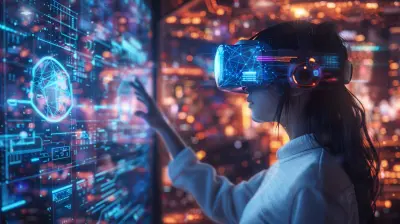
From Sci-Fi to Reality: The Evolution of VR Storytelling
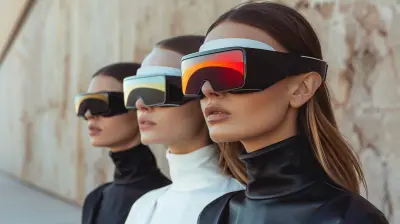
Wearable Devices and Fashion: When Technology Meets Style

The Best Gadgets for a Seamless Travel Experience